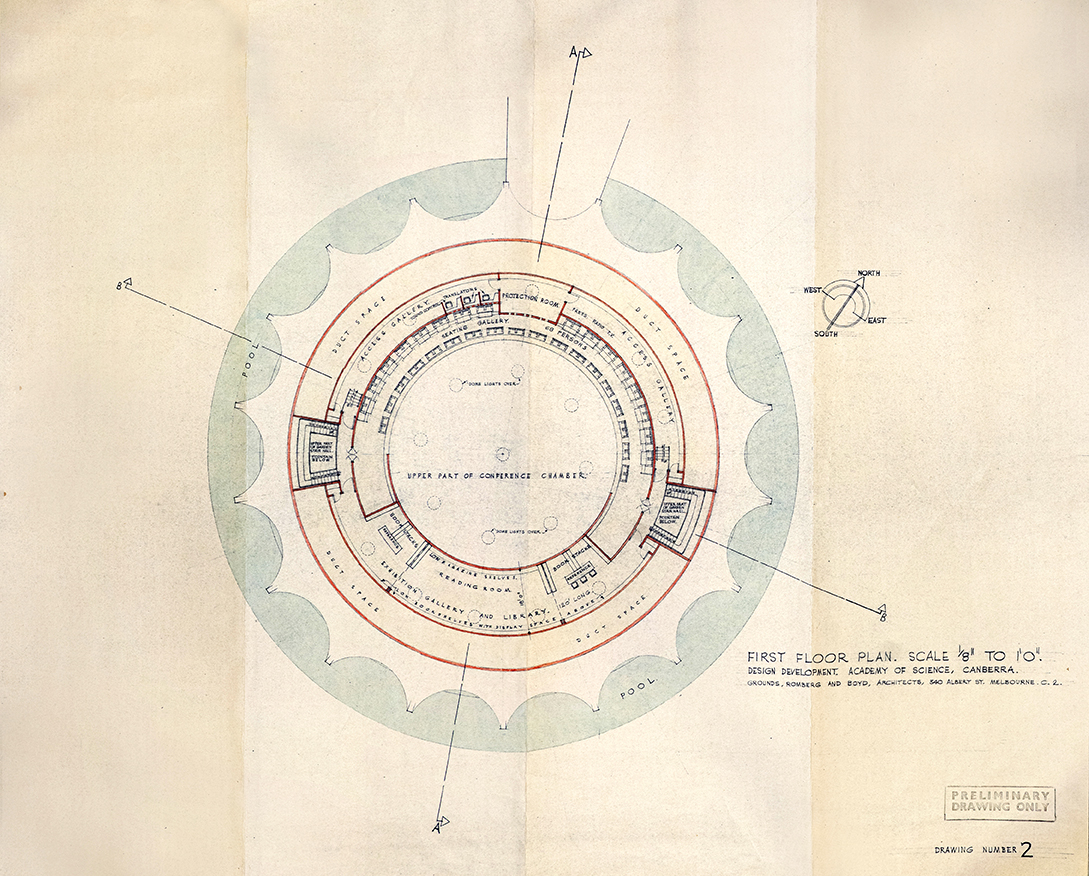
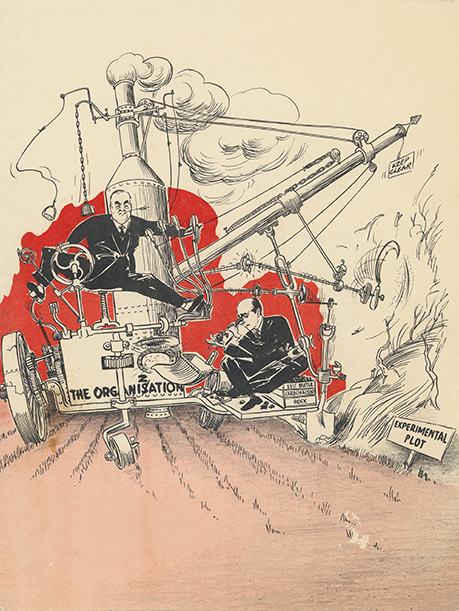
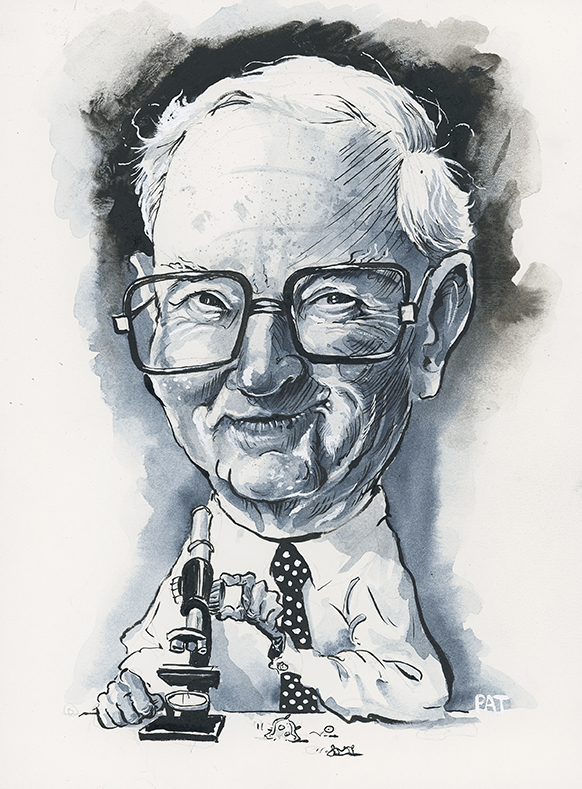
The archives of the Australian Academy of Science hold a rich and varied collection of unpublished and primary source materials documenting the history of science in Australia. Over its 60-year history, the collection has evolved into a substantial resource providing a rare and valuable window into Australian scientific discovery in the nineteenth and twentieth centuries.
The Community Heritage Grants (CHG) program assists with the preservation of locally owned but nationally important cultural heritage collections. Over the past year, a grant from this program has supported the Academy in undertaking a Significance Assessment of its archive, or manuscript, collection.
This appraisal by external consultant Dr Roslyn Russell stresses the archives’ ‘immense research significance’, making it ‘a natural starting point for any research into Australian science and scientists’. Collections are notable for their historical and social significance as a major repository for records of Fellows of the Academy – leaders in their respective scientific communities. Their manuscript collections document discoveries across fields as diverse as physics, astronomy, biology, geology, mathematics and chemistry and a host of specialisations within these broader subject categories. The assessment points to examples of artistic and aesthetic significance, with hand-drawn cartoons, fine graphic design, illustrations and photography present in many collections, and suggests a high degree of interpretive potential can be found in its myriad stories of scientific discovery.
Highlights include the collection of microbiologist Professor Frank Fenner, who is widely known for his role as the Chair of the Global Commission for the Certification of Smallpox Eradication, and for his significant contribution to the control of the rabbit plague in Australia. A small but significant collection of papers by Sir Frank Macfarlane Burnet, winner of the 1960 Nobel Prize in Physiology or Medicine, reaches back into his early career with technical documents dating from 1928 to 1940. The record hints at mid-century anxiety around virology, immunology and germ warfare sparked by the Cold War, continuing until 1985 with thoughts on nuclear weapons testing in the Pacific.
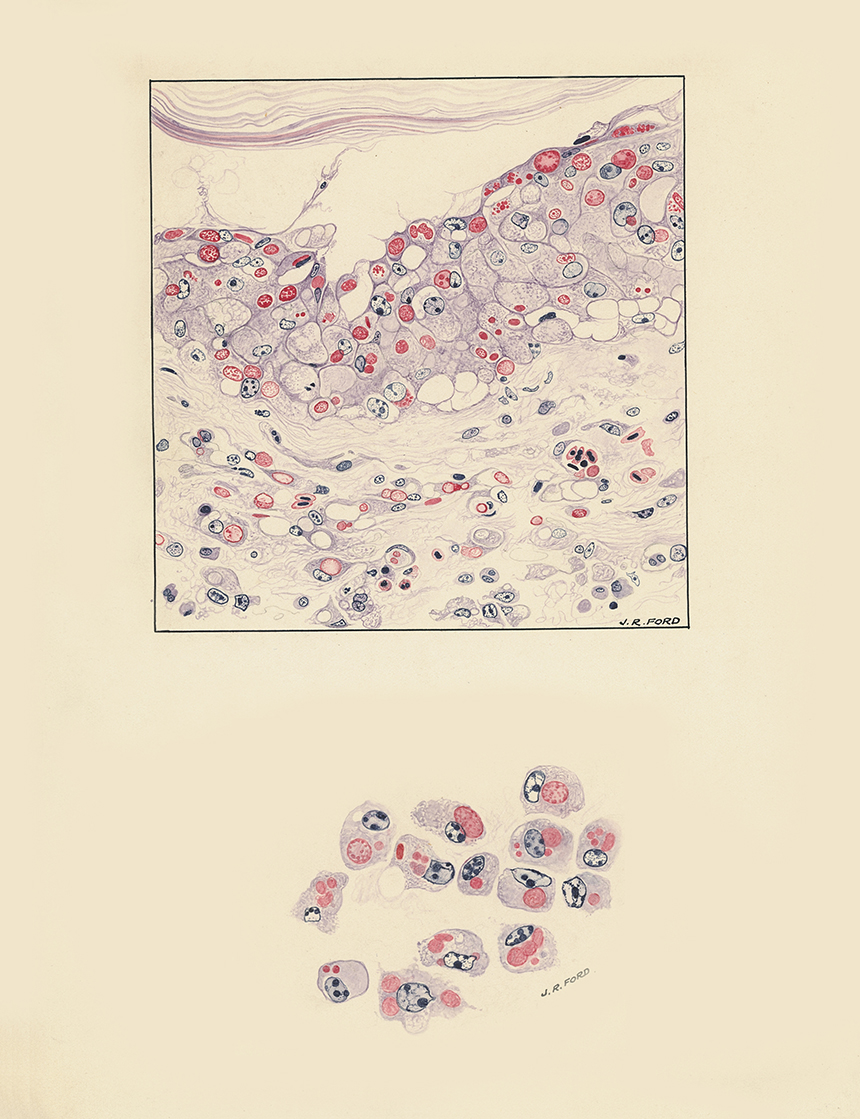
The assessment touches on the papers of Sir Ernest Titterton, a member of the Manhattan Project whose controversial role in British nuclear testing in South Australia was felt at the highest reaches of Australian government and diplomacy. There is also a wealth of material documenting early Antarctic exploration, our national interest in astronomy and solar observation, and breakthroughs in medical science and chemistry, alongside resources compiled for biographies of Australian botanists and plant scientists – with material focused on some of the most celebrated names in the field and others, including several pioneering women scientists, who have not been well recognised by history.
Many records of the Academy itself, and the formal documents of its constitution, are included in the archives. The papers provide an in-depth view of behind-the-scenes discussion taking place as the organisation came into being, featuring the various protagonists – both institutional and individual – and the competing interests that were instrumental in shaping the Academy that has now existed for almost 70 years. The manuscript collections of Sir Marcus Oliphant, Dr Max Day, Sir David Rivett and others provide detailed accounts of the debates, stresses and triumphs of the early years of Academy operations.
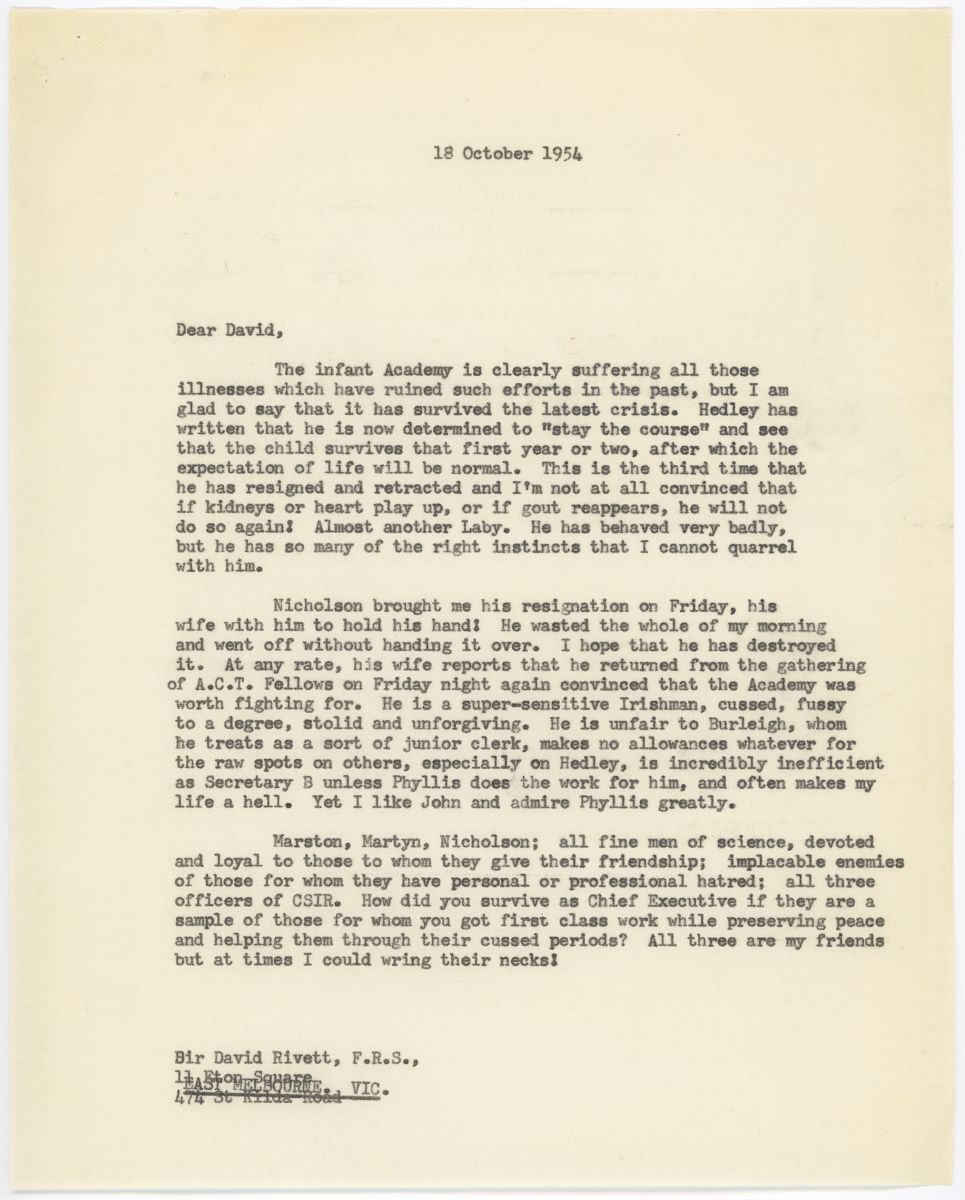
A searchable catalogue of archive and library collections, including those mentioned above, can be accessed via the Academy website. Some material may only be available by special permission.
Search Academy collections or contact the Academy to enquire.
Oral history provides a rare opportunity for archives to create rather than merely acquire material, and the Academy is committed to reintroducing its Conversations with Australian Scientists program. Supporting this project in recording stories enriches and inspires the next generation of exceptional scientists and provides a unique and personal insight into the challenges and progress of science in Australia.
Digitisation of collections will protect and preserve them for many generations and open access to researchers from around the world. This project is funded primarily by donations from Fellows and friends of the Academy and would not be possible without this support. Donations from organisations and individuals are welcome and can be made via the Academy website.
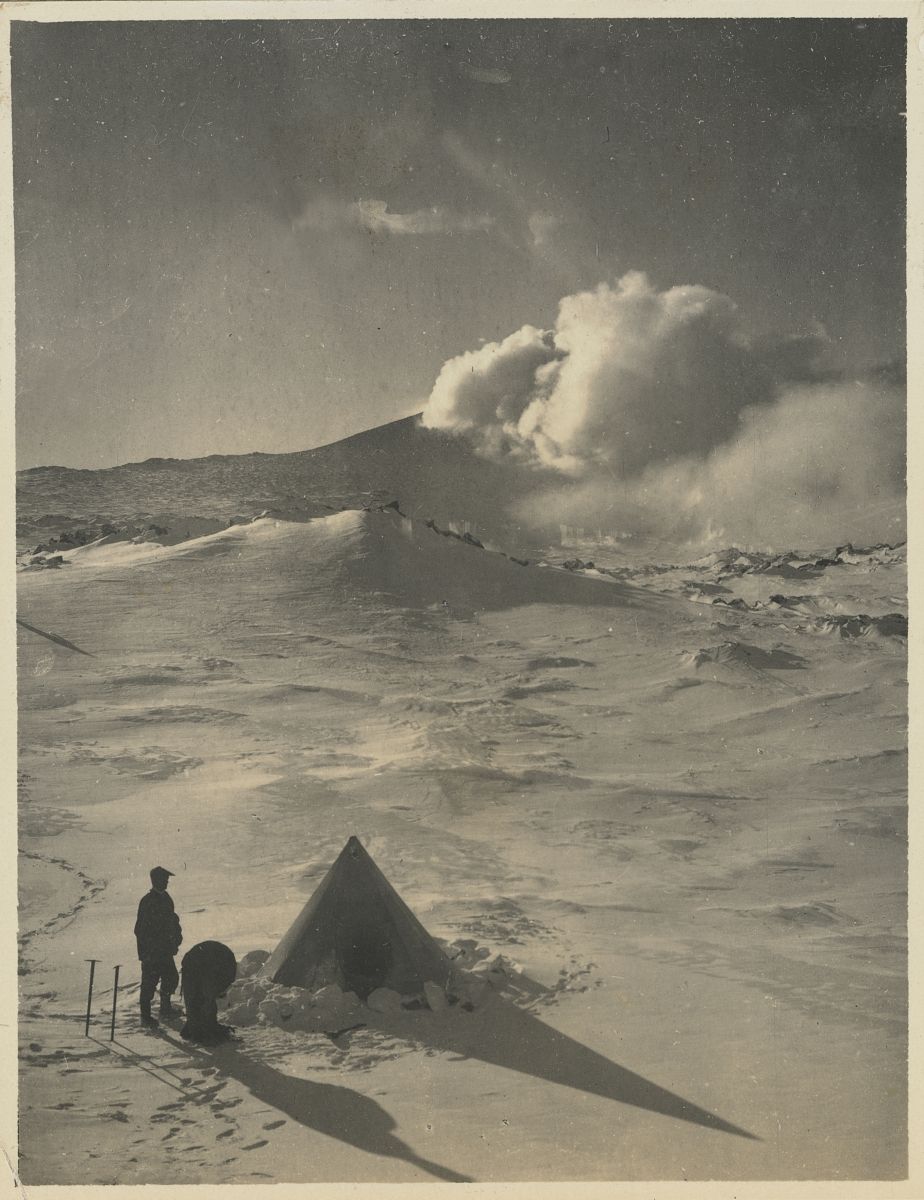
© 2025 Australian Academy of Science